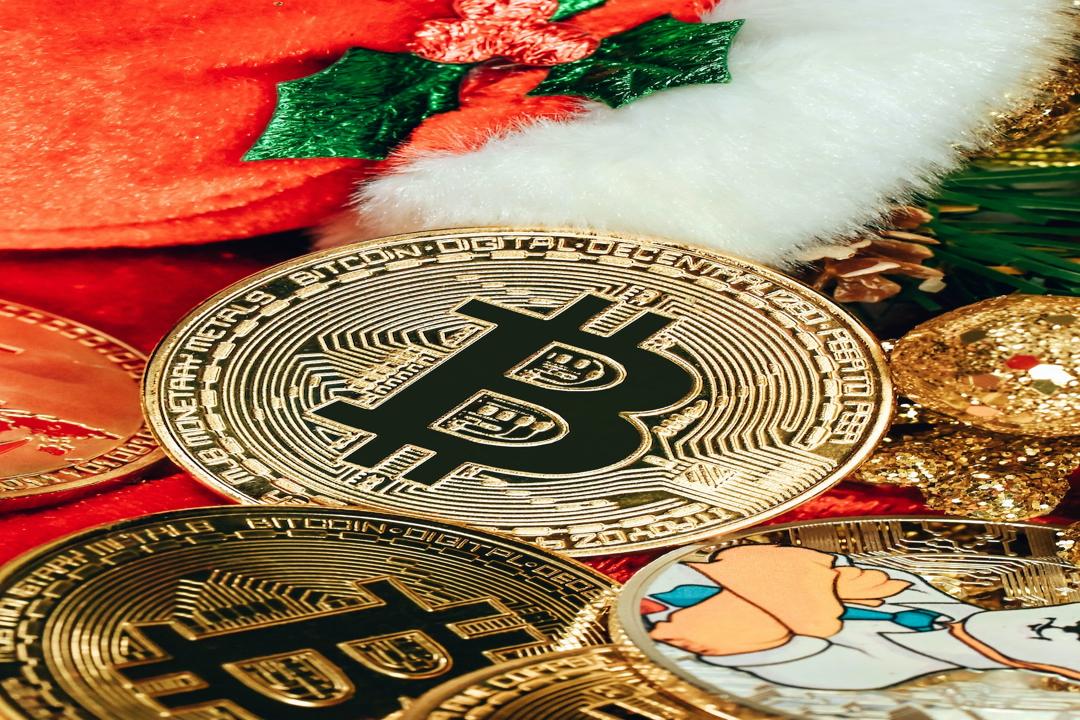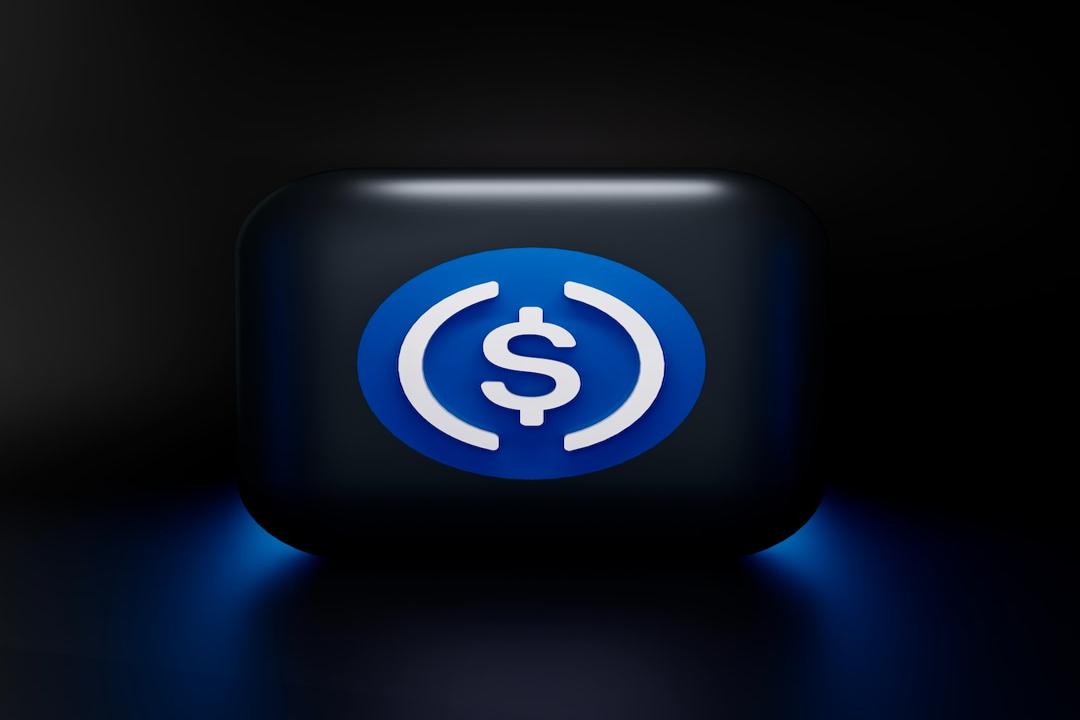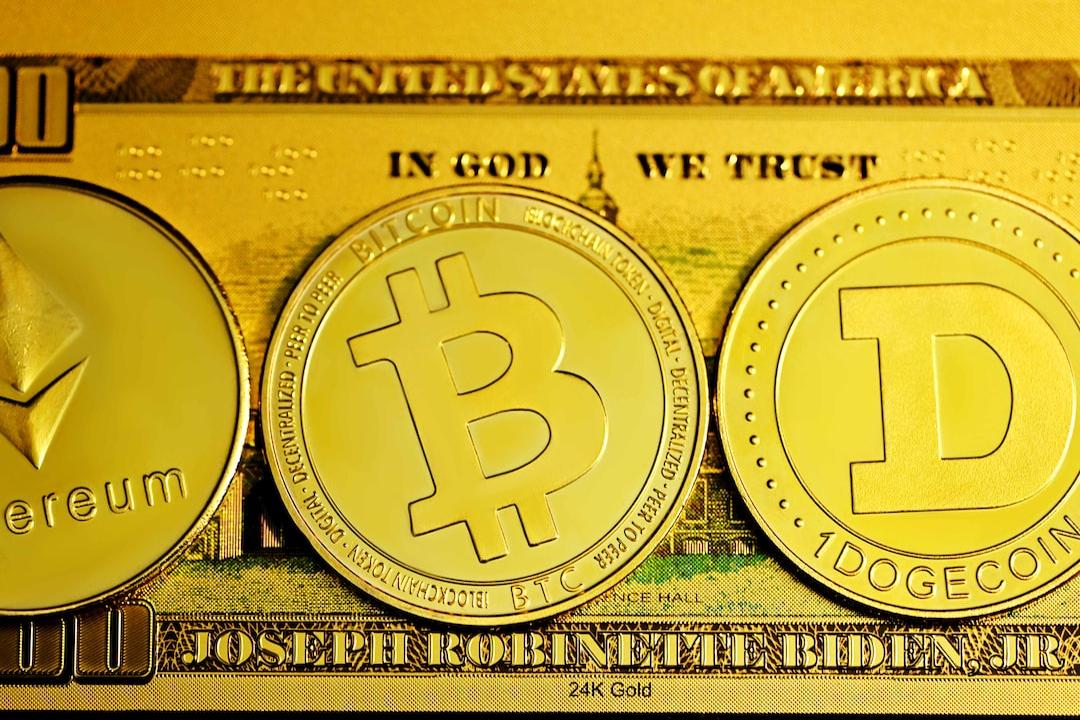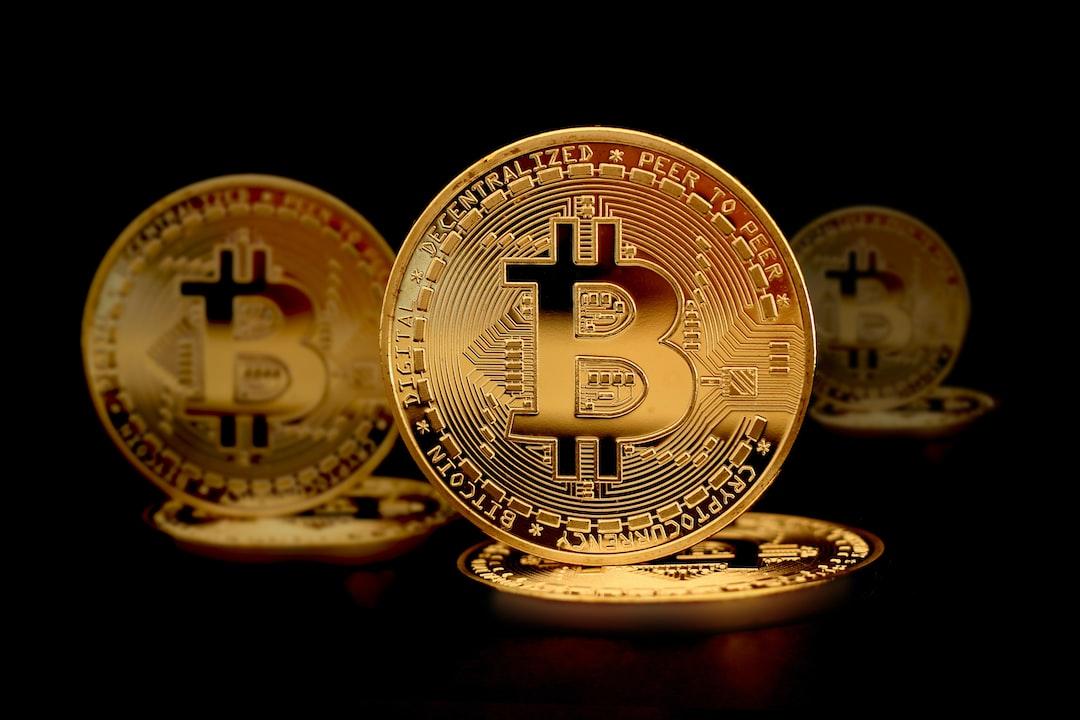Market Cycle Phases, ETH/BTC Exchange Rate, Stablecoin Inflows, and More – Data Will Tell You the Answer. This article is sourced from Jake Pahor’s tweet and compiled, translated, and written by Foresight News.
(Previous Summary: Must-Read for Bull Market: How to Seize the Next Hundredfold Coin, When Will the Altcoins Explode?)
(Background Supplement: Bitcoin Repledge Race – How Uniport.Network Builds Interest-Bearing BTC Layer 2)
Table of Contents:
Market Cycle Phases
Bitcoin Dominance
ETH/BTC Exchange Rate
Stablecoin Inflows
DeFi TVL
Are New Retail Investors Entering?
Bitcoin skyrocketed to over $60,000, but our altcoins are lagging behind. Don’t panic, because in the long run, our altcoins are currently one of the most favorable long-term investments.
This article is a detailed study of the current altcoin market by crypto researcher Jake Pahor, and it delves into various aspects such as market cycle phases, Bitcoin dominance, ETH/BTC exchange rate, stablecoin inflows, DeFi TVL, and whether new retail investors are entering. Foresight News has translated the entire article.
In the early stages of a bull market, Bitcoin often absorbs most of the liquidity and rises first (Phase One), which leads to an increase in Bitcoin dominance.
During this period, most altcoins (not all, of course) usually underperform Bitcoin. In fact, this is a sign of a healthy market.

The higher Bitcoin’s dominance in the market, the more likely we will see a long altcoin summer afterwards.
BTC’s market dominance briefly fell below the 20-week moving average in January 2024 but has since recovered and stabilized at 55% (a key resistance level). If it breaks through this resistance, the next resistance level could be reached at 58-60%.

Ultimately, BTC’s market dominance will reach its peak in the cycle and begin to decline.
With an increase in risk appetite, capital will gradually shift towards ETH → large-cap coins → altcoins. “History doesn’t repeat itself, but it often rhymes.”
Now let’s look at the chart data for the ETH/BTC exchange rate, and a similar situation has occurred, but in the opposite direction. Since December 2021, the ETH/BTC exchange rate has been in a long-term downtrend.
In January 2024, the ETH/BTC exchange rate briefly had a false breakout above the 20-week moving average, giving the impression that the trend was changing.
However, we have now fallen back and retested the resistance level of the 20-week moving average.

If the ETH/BTC exchange rate falls below the previous key resistance level of 0.05, we may see a sharp drop in the exchange rate to even lower levels.
However, if the subsequent ETH/BTC exchange rate uses this 0.05 as a new support level, it may indicate that Ethereum is gradually becoming stronger and could mark the beginning of the second phase of the market cycle, which may coincide with the approval of a spot Ethereum ETF.
Since 2022, the market value of stablecoins has been in a strong downtrend, consistent with the characteristics of capital flowing out of the crypto space during bear markets.
However, from the data, it appears that a bottom has been formed in the fourth quarter of 2023:
October 2023, stablecoin market value = $124 billion;
February 2024, stablecoin market value = $141 billion;
A total increase of 14%, so the bull market is closely related to the inflow of stablecoin funds.

TVL is usually considered a lagging indicator, but it is still useful for checking and understanding the overall trend.
Since June 2022, DeFi TVL has been fluctuating within a range of $350 billion to $650 billion. However, as we enter 2024, it seems that we are breaking out of this range:
October 2023, DeFi TVL = $36 billion;
February 2024, DeFi TVL = $86 billion;
In just 4 months, DeFi TVL has surged by 239%!

New retail investors off-exchange have definitely not entered yet (at least not currently), as my family and “outsider” friends have not provided me with any information about cryptocurrencies, and there are no relevant reports in the news.
Google search trends for “Bitcoin” and “Crypto” reached their peak in May 2021, which was also after the Bitcoin price reached $64,000.
But currently, the investment interest of new retail investors is still very low, with corresponding scores of 19% and 29%.

However, what can be seen is that the investment interest of retail investors is recovering and growing. The most direct evidence is that due to excessive demand, the Coinbase app crashed and its ranking in the app store is rapidly rising.
Current ranking = 165;
Historical lowest ranking = 500;
Historical highest ranking = 1;
So when it reaches the number one ranking again, we will undoubtedly be at the peak of the bull market.

Overall, I still don’t quite believe that BTC has surpassed $60,000, and we are close to reaching the all-time high.
However, with so many catalysts in 2024, it is hard not to be more bullish: continuous inflow of funds into BTC ETFs, approval of spot ETH ETFs, Bitcoin halving, US Federal Reserve interest rate cuts, and the US election year.
There is no doubt that we are currently in the early stages of the bull market cycle, with funds still mainly flowing into Bitcoin, and next, we will see funds flow into Ethereum and then into altcoins.
Therefore, now is definitely the time to double down and prepare for the inevitable altcoin season.
Whatever you do, do not sell your altcoin portfolio now. Most people just need to maintain the status quo and stay calm until we reach the peak of the bull market – you only need to take profits during the expected process of crazy volatility and rallies.

Related Reports
US Allows People to Buy Bitcoin Freely, Forbes: BTC Becomes a “Safe Haven” for the Weakening Dollar
Is BitWalk “Earn Bitcoin by Walking” Real? App Registration, Coin Transfer Tutorial, What Do Developers Earn?
GBTC Fund Outflows Decrease for 3 Consecutive Days! JPMorgan Analyst: Bitcoin’s Decline may Stop


